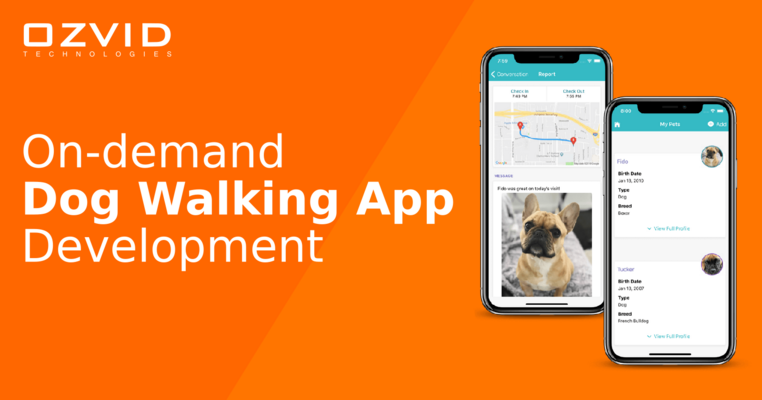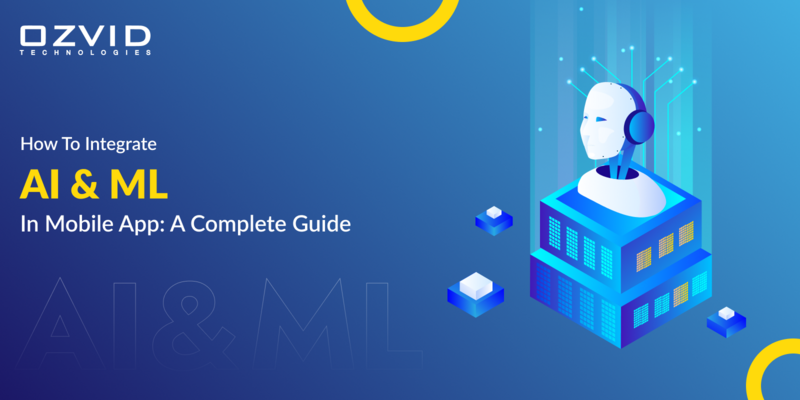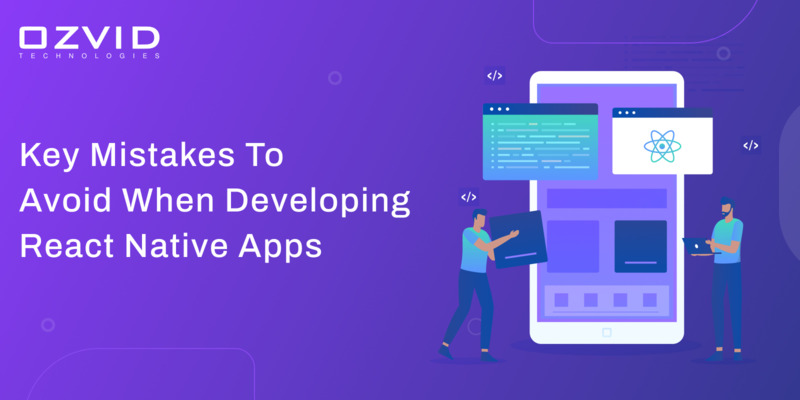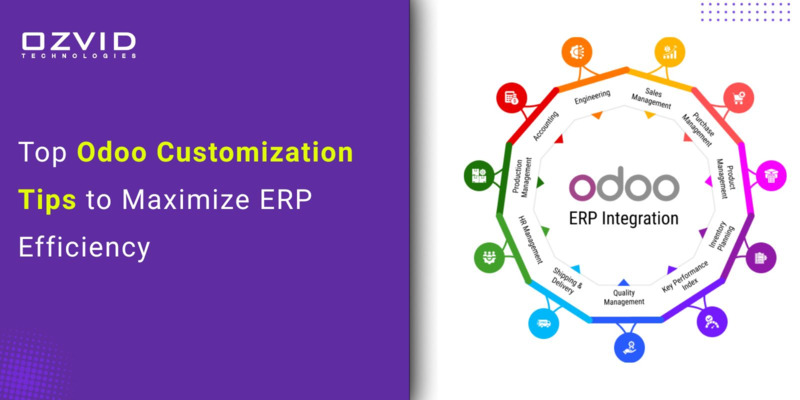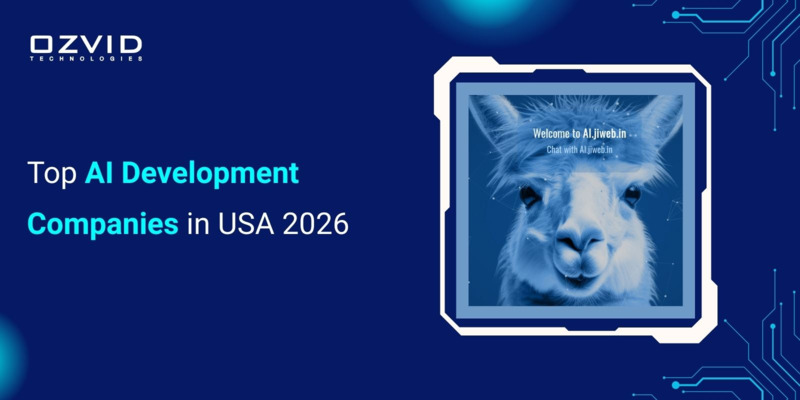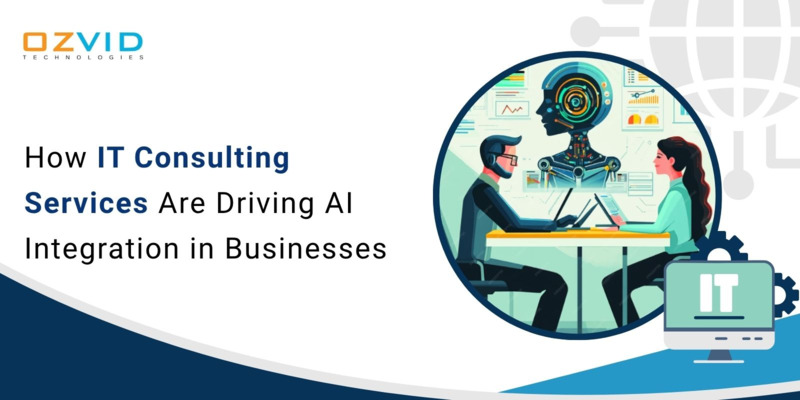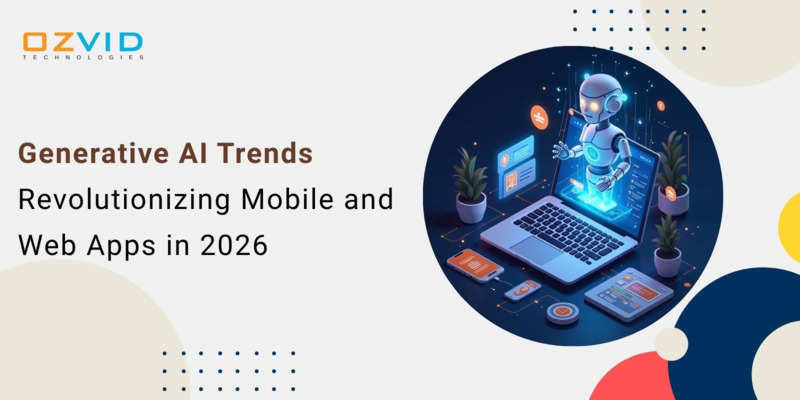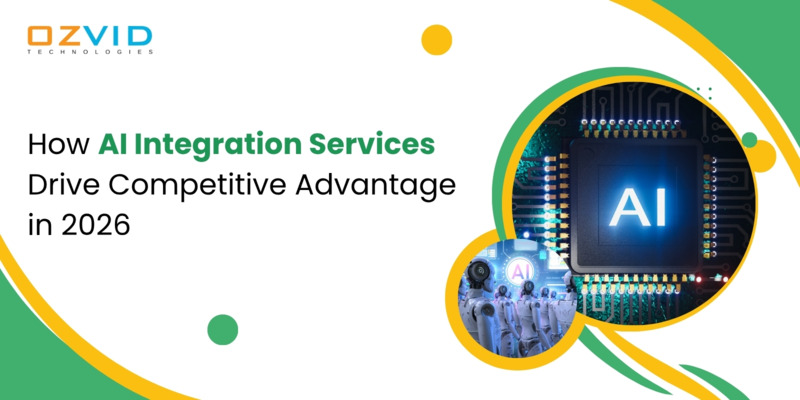- Jul 28, 2025
Share this post on:
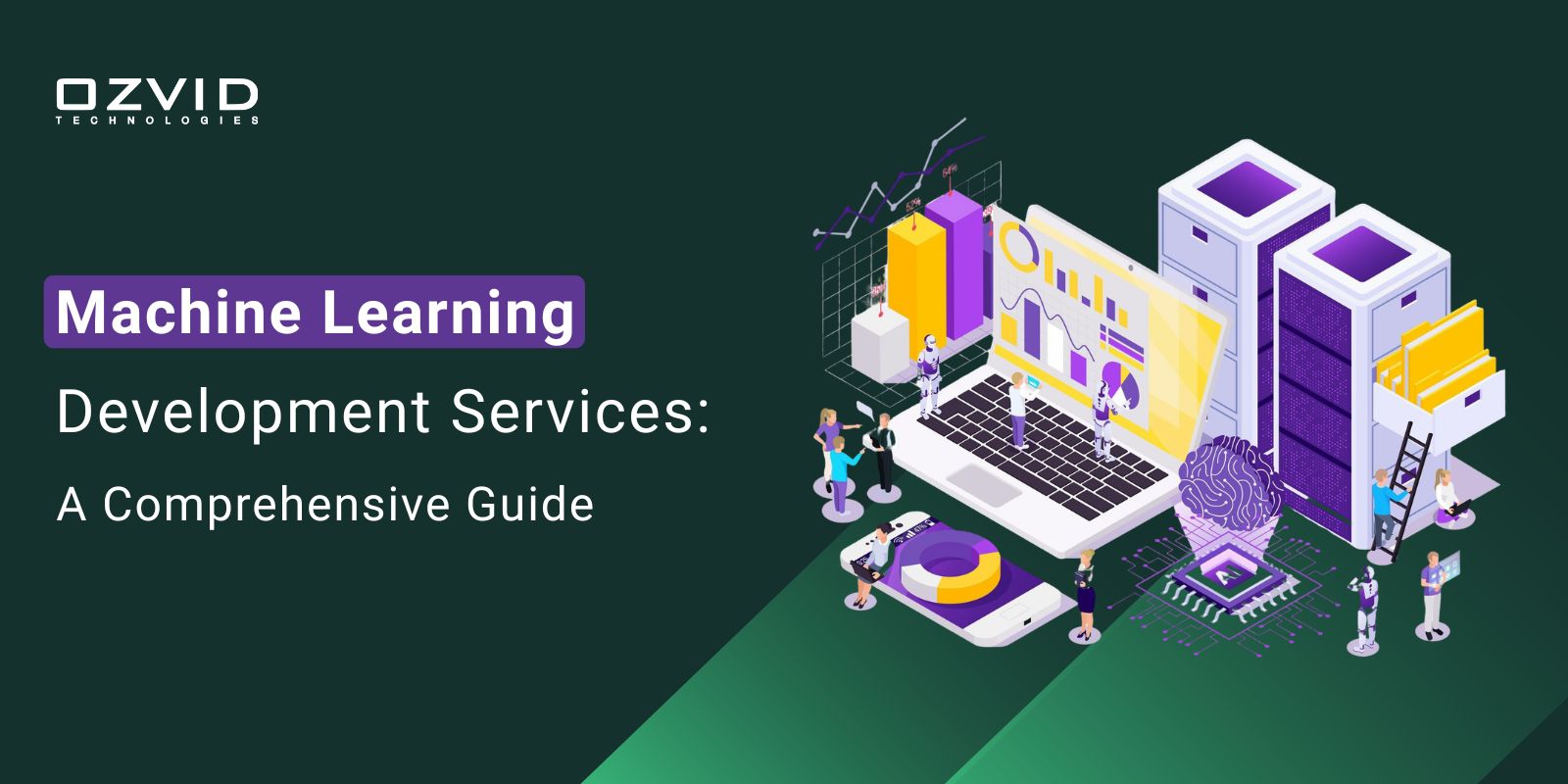
Over the past decade, Artificial Intelligence has been a popular choice both within and outside of the scientific community. Today, the market size of machine learning services has reached $105.45 billion.
If you are looking to scale your business without developing everything from scratch, Machine Learning development services are what your business needs. Machine Learning allows machines to execute intellectual tasks that have been addressed by humans in the past, using mathematical and statistical methods.
Key Takeaways
- Machine learning development services encompass end-to-end design, training, deployment, and support tailored to specific business challenges.
- Data preparation, model selection, integration, deployment, and continuous monitoring form the backbone of ML development.
- The cost of ML services depends on project complexity, data volume, customization, infrastructure choices, integration, and ongoing support.
- Leveraging cloud-based platforms and open-source tools accelerates project delivery and scalability.
- Partnerships with experienced ML providers that combine technical prowess with industry knowledge yield the best ROI.
What is Machine Learning?
Machine learning is a subset of artificial intelligence (AI) that focuses on creating systems that can learn and improve from experience without being explicitly programmed. These systems use algorithms to identify patterns in data and make decisions or predictions based on it.
Unlike traditional programming where rules are hard-coded, machine learning models are trained on large datasets to learn from data trends, adapt over time, and deliver improved performance with minimal human intervention.
Machine learning development services refer to the professional offerings by specialized firms or teams that design, develop, and deploy ML models tailored to specific business needs. These services convert data into meaningful insights and help automate a variety of business processes, enhancing efficiency and driving growth. Machine learning services include:
- Custom ML model design using algorithms like neural networks, decision trees, and predictive analytics.
- Deep learning systems for imitation of human-like cognitive tasks.
- Natural Language Processing (NLP) services for speech/text understanding and generation.
- Computer vision applications for image and video analytics.
- Intelligent automation services including smart chatbots and robotic process automation (RPA).
- Real-time data analytics and anomaly detection.
- Consultation and strategic planning for AI/ML technology adoption.
Why Are Machine Learning Development Services Essential?
Many organizations today struggle with massive amounts of data but lack the expertise to convert it into value. Here's why ML development services matter:
Expertise Access: Outsourcing connects you with ML specialists skilled in cutting-edge algorithms, data engineering, and domain-specific AI applications.
Faster Time-to-Market: Ready access to resources and proven workflows accelerates development cycles.
Cost Efficiency: Avoid high overhead costs associated with in-house AI team building and infrastructure.
Tailored Innovation: Custom solutions address unique industry and organizational challenges such as fraud detection, demand forecasting, and personalized marketing.
Scalability and Flexibility: Solutions evolve with your data volume and business needs, supported by ongoing monitoring and retraining.
These advantages translate into better ROI, optimized operations, and elevated customer experiences.
Key Stages in Machine Learning Development
A well-structured ML development process ensures the creation of accurate and reliable models:
1. Business Problem Definition and Data Strategy
Clear understanding of goals and key performance indicators (KPIs) helps to align technical efforts with business needs.This phase includes identifying relevant data sources, data ownership, and compliance issues.
2. Data Collection and Preparation
Large volumes of data — structured and unstructured (text, images, videos) — are collected. The data then undergoes cleaning, normalization, transformation, and feature engineering to improve model training quality.
3. Model Selection and Algorithm Development
Depending on the use case, different ML techniques are evaluated, such as supervised learning, unsupervised learning, reinforcement learning, or deep learning. Algorithms are then fine-tuned to optimize accuracy and efficiency.
4. Model Training and Validation
Data is split into training, validation, and test sets. Models are iteratively trained and validated on these sets with continuous adjustments to avoid underfitting and overfitting.
5. Integration and Deployment
Models are embedded into production environments, integrating seamlessly with existing software, databases, or Customer Relationship Management (CRM) systems, enabling automated real-time or batch decision-making.
6. Monitoring and Maintenance
Post-deployment, continuous evaluation for model drift, data changes, or new scenarios occurs. Retraining and updates ensure the models maintain accuracy and relevance, facilitated by MLOps tools like Kubeflow or MLflow.
Popular Machine Learning Solutions Today
ML development companies are delivering a broad array of solutions adapted to customer and industry demands:
Predictive Analytics: Identifying future trends, customer behavior, and risks.
Computer Vision: Object detection, facial recognition, quality inspection.
Natural Language Processing: Text summarization, chatbots, sentiment analysis.
Recommendation Engines: Product, content, or service personalization.
Anomaly Detection: Fraud or error detection in financial or operational data.
Smart Chatbots: Customer service automation enhancing engagement and reducing costs.
Generative AI: Content creation including text, images, and code synthesized by AI models.
The diversity of these applications proves the versatility and utility of ML technologies across sectors like healthcare, finance, retail, manufacturing, and logistics.
Essential Tools and Frameworks Used in ML Development
Developers typically rely on a combination of open-source frameworks and cloud platforms, including:
TensorFlow and PyTorch: For developing and training neural networks.
Scikit-learn: For traditional ML workflows like classification and regression.
AutoML Platforms: Google AutoML, H2O.ai, and DataRobot automate model selection and deployment.
Cloud Services: Google Vertex AI, AWS SageMaker, and Microsoft Azure ML offer scalable infrastructure.
MLOps Tools: Enable automation in deployment and version control of models, essential for maintaining large ML systems.
ONNX: Facilitates model portability between different frameworks.
The choice depends on project requirements, existing infrastructure, and team expertise.
ML Development Costs: What To Expect and What Influences Pricing?
The cost of machine learning development services can vary widely based on factors such as project complexity, data preparation needs, customization level, infrastructure, and ongoing maintenance. Understanding cost drivers helps enterprises plan budgets realistically.
- Small Projects: $20,000 to $50,000 — Basic models, limited data, minimal integration.
- Medium Projects: $50,000 to $150,000 — More complex analytics, moderate customization, real-time data handling.
- Large Enterprise Solutions: $150,000 to $500,000+ — Advanced deep learning, large-scale data processing, extensive integration, and continuous AI/ML lifecycle management.
Key Factors Affecting Costs
Project Scope and Complexity: Simple models like regression have lower costs than complex neural networks or generative AI models.
Data Volume and Quality: More data requires additional storage, processing power, and careful cleaning/labeling — all adding to costs.
Customization Level: Off-the-shelf models reduce costs, but tailored models designed for specific business use cases increase development times and costs.
Infrastructure and Tools: Choices between cloud services, on-premises servers, and third-party platforms impact licensing and operational expenses.
Integration Complexity: The difficulty of integrating with legacy systems or multiple data sources can raise engineering efforts.
Machine Learning Expertise: Hiring seasoned data scientists, engineers, and domain experts commands higher rates.
Maintenance and Support: Long-term model monitoring, retraining, and system updates are ongoing cost considerations.
Compliance and Security: Ensuring GDPR, HIPAA, or other regulatory adherence may require additional controls and audits.
Choosing the Right Machine Learning Development Partner
Given the range of services and complexity, selecting the right partner is crucial. Consider the following:
Technical Expertise: Proven track record in relevant ML domains and industries.
End-to-End Services: Ability to handle everything from ideation to post-deployment maintenance.
Transparency and Collaboration: Agile workflows with clear communication.
Technology Stack Preferences: Compatibility with your existing IT environment.
Cost vs. Value Balance: Competitive pricing aligned with ROI focus.
Industry Knowledge: Understanding regulatory, market, and customer dynamics.
Best Practices to Maximize the Value from ML Development
Start with a Clear, Measurable Goal: Avoid vague ambitions, focus on specific problems or KPIs.
Prioritize Data Quality: The kind of data you give to the machine learning algorithms. Garbage in, garbage out—invest in proper data governance and cleansing.
Use Agile and Iterative Development: Frequent model evaluations help refine outputs.
Adopt MLOps for Sustainability: Implement automation for deployment, monitoring, and retraining.
Address AI Ethics: Ensure fairness, privacy, and bias mitigation.
Plan for Scalability: Design solutions that evolve with business needs and newer data.
Cross-Functional Collaboration: Involve stakeholders from business units, IT, and data science continuously.
These approaches help businesses secure faster, more accurate, and sustainable ML implementations.
Conclusion
Machine learning development has evolved significantly and continues to grow in capability and importance. By understanding the services, processes, tools, and cost factors involved, businesses can more confidently embark on their AI journeys and realize impactful digital transformations in 2025 and beyond.
OZVID Technologies is a leading Machine Learning Development company that has helped multiple businesses globally. Hire machine learning developers with us and take business to the next level. For more information, contact us today.
Frequently Asked Questions (FAQs)
Q1: What’s the difference between model training, validation, and testing in ML development?
Model training teaches algorithms from data, validation fine-tunes hyperparameters and prevents overfitting, and testing evaluates real-world performance. These three stages are essential for ensuring that ML models generalize well and provide reliable outputs when deployed in production environments across various use cases.
Q2: Can ML development services integrate with existing enterprise systems?
Yes, ML solutions are designed for seamless integration using RESTful APIs, SDKs, or plugins. They can be embedded within CRMs, ERPs, or cloud-native applications, enabling automated decision-making, real-time analytics, and scalable intelligence within existing IT infrastructures.
Q3: What’s the difference between model training, validation, and testing in ML development?
Model training teaches algorithms from data, validation fine-tunes hyperparameters and prevents overfitting, and testing evaluates real-world performance. These three stages are essential for ensuring that ML models generalize well and provide reliable outputs when deployed in production environments across various use cases.
Q4: How is security handled in ML development services?
Security is addressed through secure data pipelines, encrypted storage, access control, and compliance with regulations like GDPR. ML models are tested against adversarial attacks, and privacy-preserving techniques like federated learning or differential privacy may be implemented to protect user data.
Q5: How do ML development services choose the right algorithm for a project?
Algorithm selection depends on factors like data type, volume, problem complexity, and the need for interpretability. ML engineers may experiment with regression, decision trees, neural networks, or ensemble methods, selecting the one that balances performance, scalability, and business requirements effectively.

